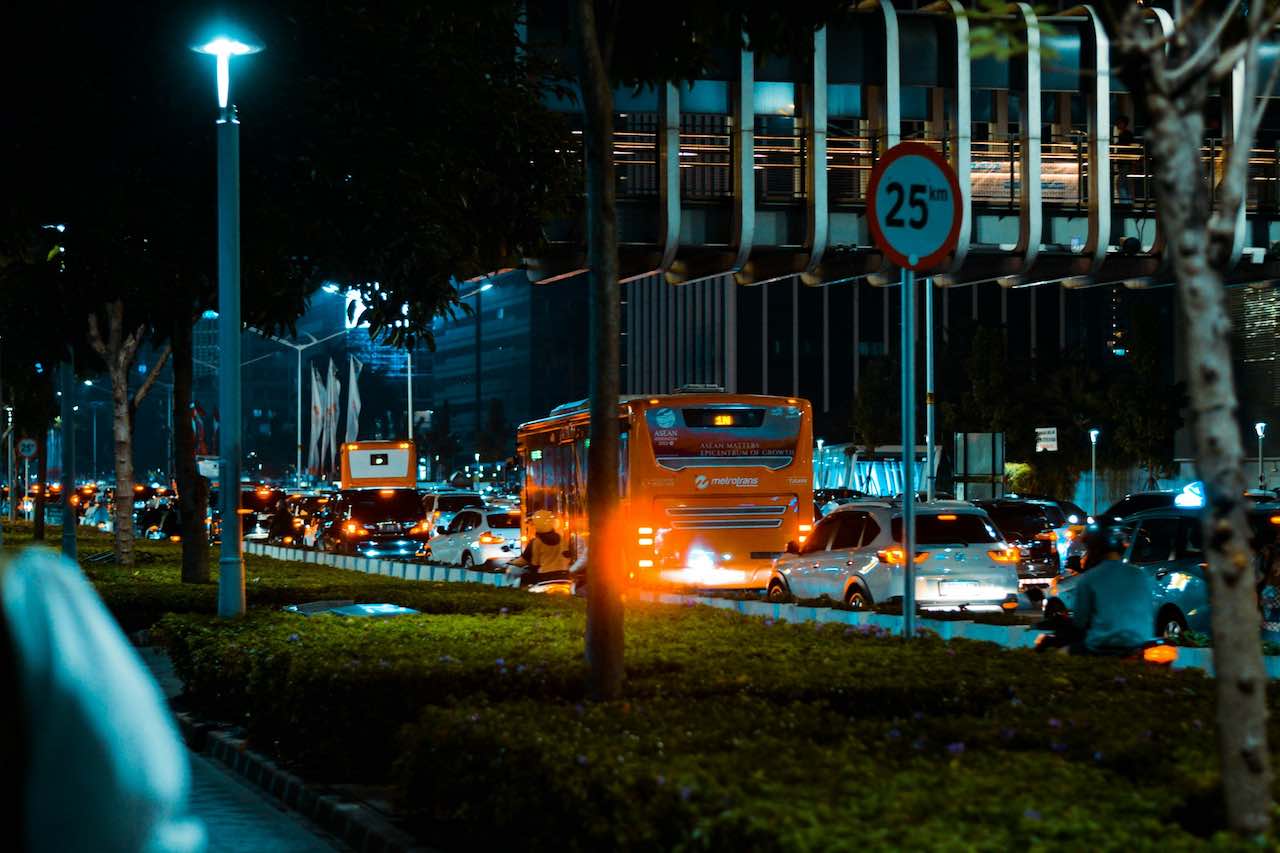
Thursday, 1 Jun 2023

Jakarta, the bustling capital of Indonesia, is notorious for its traffic jams. With over 10 million residents and countless commuters moving in and out of the city daily, congestion is an unavoidable reality. However, this seemingly negative aspect of urban life presents a unique opportunity for advertisers, especially in the realm of transit advertising. This article explores the challenges and opportunities that arise when navigating transit advertising in a city defined by its traffic.
Before delving into the specifics of transit advertising, it’s essential to grasp the extent and nature of Jakarta’s traffic congestion. According to recent reports, Jakarta ranks among the most congested cities in the world, with commuters spending an average of 3-4 hours in traffic each day. The city’s traffic is influenced by several factors, including:
This environment creates both challenges and opportunities for transit advertisers aiming to capture the attention of Jakarta’s captive commuter audience.
1. Commuter Fatigue
2. Ad Clutter
3. Measurement and ROI
1. Extended Exposure Time
2. High Reach and Frequency
3. Targeted Advertising
4. Creative Flexibility
While Jakarta’s traffic jams are often seen as a hindrance, they present unique opportunities for transit advertisers willing to think creatively. By understanding the challenges and leveraging the opportunities, brands can transform these traffic-filled moments into valuable touchpoints with potential customers.
Transit advertising in Jakarta requires a strategic approach that considers the psychological state of commuters, the cluttered ad environment, and the need for measurable results. With the right mix of creativity, targeting, and data-driven insights, transit ads can not only survive but thrive in the hustle and bustle of Jakarta’s streets.

Lestari Ads Agency - PT Lestari Dev Solusindo
Lestari Ads Agency is a leading out-of-home media company with the largest network in Indonesia. Lestari Ads Agency aims to create an inspiring journey by building the most effective, accessible and innovative data and advertising ecosystem, thus revolutionizing the way companies connect with their audiences. Lestari Ads has brightened up Indonesia's main streets and points of interest with LED Digital, traditional and iconic high-quality transit ads. We focus on providing impactful, innovative, effective and accessible advertising space.
The most trusted OOH advertising agency in Indonesia
Experience the top of visibility with Indonesia's leading out-of-home (OOH) advertising agency. We specialize in turning the urban landscape into a dynamic canvas for your brand, crafting compelling narratives that capture the imagination of millions. Our mastery over strategic placements and innovative formats ensures your message not only reaches, but resonates with a diverse and expansive audience. With a proven track record of delivering high-impact campaigns across Indonesia's bustling cities and beyond, we redefine what's possible in OOH advertising.
Find the best quality billboard advertising space with variety of size and dimension
out-of-home advertising, digital billboards, traditional billboards, transit advertising, street furniture advertising, outdoor signage, digital ooh, led billboards, static billboards, large format advertising, advertising displays, ooh media, advertising billboards, outdoor digital screens, urban advertising, roadside billboards, digital signage, retail advertising, poster advertising, mobile billboard advertising, digital transit ads, interactive ooh, airport advertising, mall advertising, cinema advertising, sports venue advertising, digital outdoor advertising, public transportation ads, taxi advertising, bus shelter ads, pedestrian advertising, advertising kiosks, outdoor media solutions, billboard marketing, ooh advertising strategies, ooh media planning, digital billboard solutions, smart billboard advertising, contextual ooh ads, geotargeted ooh ads, location-based ooh, smart outdoor ads, programmatic ooh, data-driven ooh, brand awareness billboards, large-scale ooh campaigns, outdoor advertising effectiveness, billboard design, high-traffic billboard locations, hyperlocal ooh, street-level ooh, public transit advertising, ooh campaign management, outdoor digital displays, media buyers ooh, roadside digital ads, metro station advertising, shopping center ads, ooh advertising trends, outdoor media buying, bus wrap advertising, illuminated billboards, building wrap advertising, branded outdoor advertising, billboard networks, freeway advertising, expressway billboards, train station advertising, out-of-home advertising campaigns, event-based ooh ads, ooh media buying strategies, proximity-based ooh, national ooh campaigns, city-wide ooh advertising, large-scale outdoor campaigns, integrated ooh solutions, ooh digital networks, smart city advertising, mobile billboard solutions, dynamic outdoor ads, highway billboard advertising, ooh media optimization, digital out-of-home screens, high-impact ooh ads, retail digital signage, interactive billboard advertising, regional ooh advertising, local outdoor advertising, consumer engagement ooh, brand visibility outdoor ads, targeted billboard advertising, digital advertising screens, urban billboard advertising, weather-triggered ooh ads, motion sensor billboards, flexible ooh solutions, sustainable outdoor advertising, renewable energy billboards, solar-powered billboards, ooh for small businesses, outdoor brand activations.
Frequently Ask Questions
About Us

